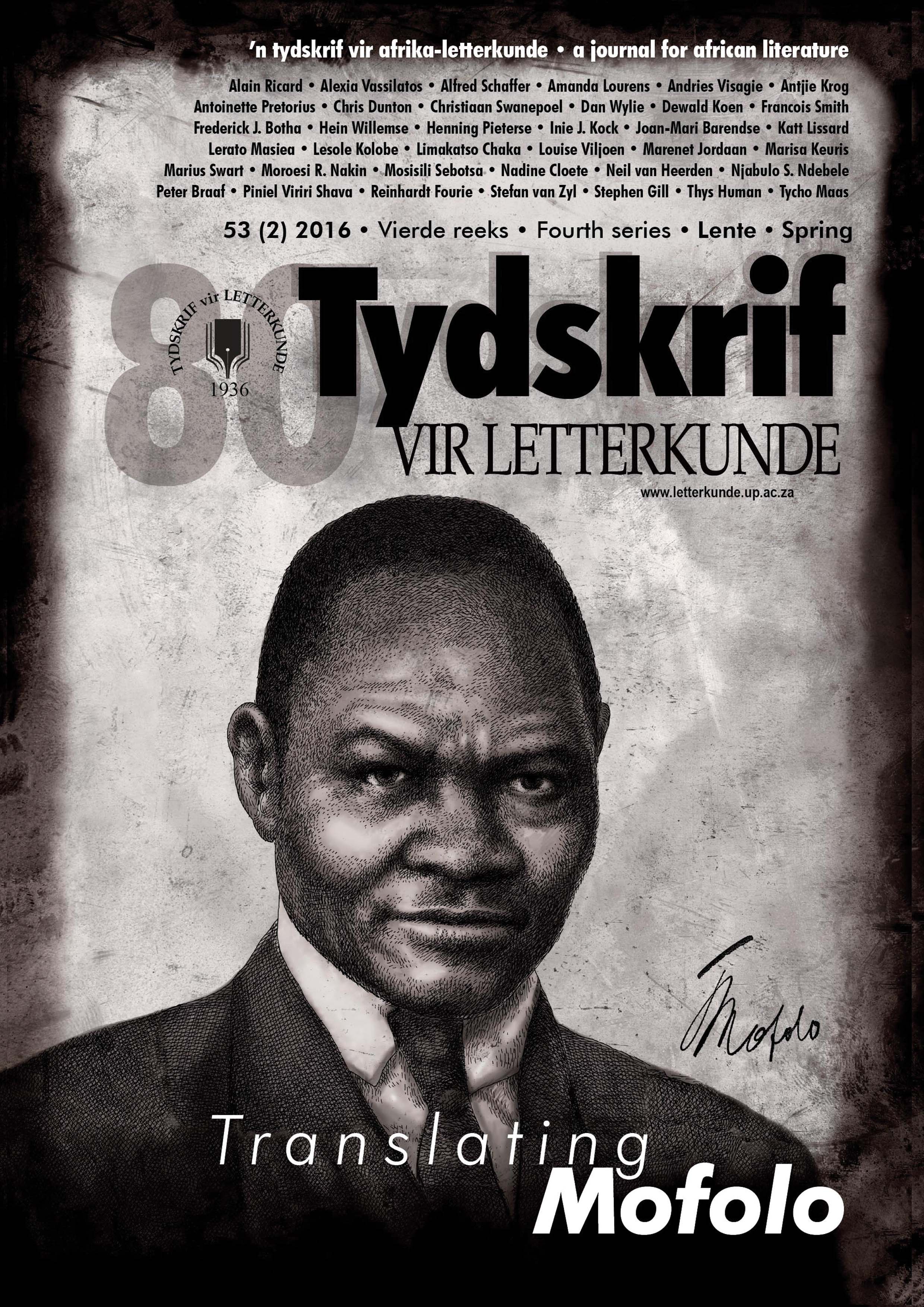Thomas Mofolo’s sentence design in Chaka approached in translation
DOI:
https://doi.org/10.17159/tvl.v.53i2.11Keywords:
literary translation, topography of the page, punctuation marks, source language (SL), target language (TL)Abstract
Mofolo’s sentence design in Chaka is a challenge to the translator, not only because of the significant length of the sentences, but in particular for the extensive use of the semicolon, appearing within sentences of “paragraph-length”. This prompted the suggestion that it be referred to as the “semicolon phrase”. This article explores this stylistic feature, amongst others by responding to several compelling questions, ranging from how five translators of the work approached it in their respective languages, possible attitudes and influences, and likely intentions on the part of the author. With regard to the question of how the semicolon phrase should be approached in translation, it is argued that the topography of the page vests in the author who is licensed to shape the text as s/he wishes. Punctuation marks, however, appear to be more negotiable than narrative content, though the shape of the source text should be respected as far as possible. At the same time the target text needs to be approached in accordance with the conventions at work in the target language. The result is a challenging balancing act requiring considerable discretion.
Downloads
References
...
Downloads
Published
Issue
Section
License
Copyright (c) 2016 Tydskrif vir Letterkunde

This work is licensed under a Creative Commons Attribution-ShareAlike 4.0 International License.


 https://orcid.org/0000-0001-6465-6584
https://orcid.org/0000-0001-6465-6584


.png)